The Votoms Viewer’s Guide, 1985-91
This passion project is – and I say this with all possible modesty – one of the most impactful ‘zines to come out of anime fandom in the USA. When I started it, I had no idea how far it would travel or what the results would be. I just wanted to tell everyone about an awesome show. The rewards that came back to me were literally beyond my imagination.
Armored Trooper Votoms launched in Japan in 1983 (the year I graduated high school), and one glimpse of it in 1984 made me an instant hard-core fan. By the end of that year, I had my first VCR and started collecting anime through the rapidly expanding VHS trading circles. As my Votoms collection grew and I got my hands on some merch, I thought somebody should start documenting this thing in English.
There were very few official anime imports back then, so most available translations were cobbled together by fans and shared via fanzines, APAs, convention video guides and club newsletters. Lemme tell ya, anime fandom in the 80s was MOTIVATED. Everyone had a favorite title, and many were fully engaged in missionary work to share what they were learning about it. In 1985, I decided to do this for Votoms.
Something unique I could bring to the project was professional-grade commercial art skills. Before breaking into comics full time, I had a career in print media (newspapers, advertising, graphic design, etc.) and access to high-end typesetting equipment. The Viewer’s Guide didn’t have to be just another homemade ‘zine. I could make something that would really stand out and hopefully draw more attention to Votoms. I had no money to earn from this effort. It was purely about the passion.
Writing the text was the most time-consuming part. I’d watch episodes over and over, compare info in books (without being able to read most of it), and make a lot of educated guesses. Some guesses were wrong, but most held up quite well. I augmented these findings with my own running commentaries to help fill in gaps. I did find actual translators to help with the heavier lifting later on, at which point my commentaries were no longer needed.
These were the days of photostatic typesetting, where you’d enter everything into a bulky word processor (very much like HTML coding, now that I think of it) and a developing machine would spit out your copy on a long strip of paper called a galley. To construct a newspaper or magazine, you’d slice that up and paste it in columns with headlines and pictures and ads and whatever. A few years later, you could do it all on a computer screen and spit it out as a single page. But when desktop publishing was just getting started, it still required a whole set of hands-on skills that made it a lot more fun.
After the text was output, the composition work began. I had to choose images from books, manga, magazines, and other sources to enhance the material. In a few cases, I created art myself. The images were photocopied at specific sizes, then cut out and pasted in as needed. The text didn’t wrap itself around anything, it all had to be hand cut one column at a time. Every page ended up as a collage of pasted-together elements that all added up to a book. The finished product was meant to be photocopied, so construction artifacts would disappear. Below you’ll see scans directly from the originals, and some of those artifacts are visible again.
My first audience for the Viewer’s Guide was pretty small, a couple dozen members of an anime-themed APA (learn what that is here). Whenever I finished a section, I’d publish it there. I also offered it via mail order (see my goofy flyer farther down the page) through club newsletters and such. It took about six years to finish it all. When I started, I was a 20-year old bachelor living in my parents’ house. When I reached the end, I was a 26-year old father with my own address. In the years that followed, it was out in the world making friends and working its magic.
How was it one of the most impactful ‘zines to come out of anime fandom in the USA? For one thing, it directly led to Votoms being imported to the US by Central Park Media. I don’t know exactly how they got a copy, but the fact that a fan had gone to such lengths to promote the show got their attention. What I put together was a convincing enough pitch for them to go after the series (this is basically what they told me later). A whole chain of events followed that not only allowed me to participate in the import, but to create a Votoms graphic novel to support it. As far as I can tell, that’s a once-in-a-lifetime opportunity.
Another thing it led to was an animated TV show that I got to work on. Read about that here.
Naturally, I would approach the project very differently today. In fact, that’s exactly what the Votoms Hub is: the modern continuation of the Votoms Viewer’s Guide. So it’s only fitting for the founding document to be part of it. There was one moment in history where it could have been made in exactly this form to achieve exactly those results, and I’m immensely grateful to younger me for not letting that moment slip by.
Reminder: all this material was written before any official translations existed. Expect MANY differences.
This was the flyer I came up with to offer the Viewer’s Guide by direct mail. For you youngsters in the crowd, it was a parody of an ad that kept turning up in comic books we read as kids way back in the caveman days.

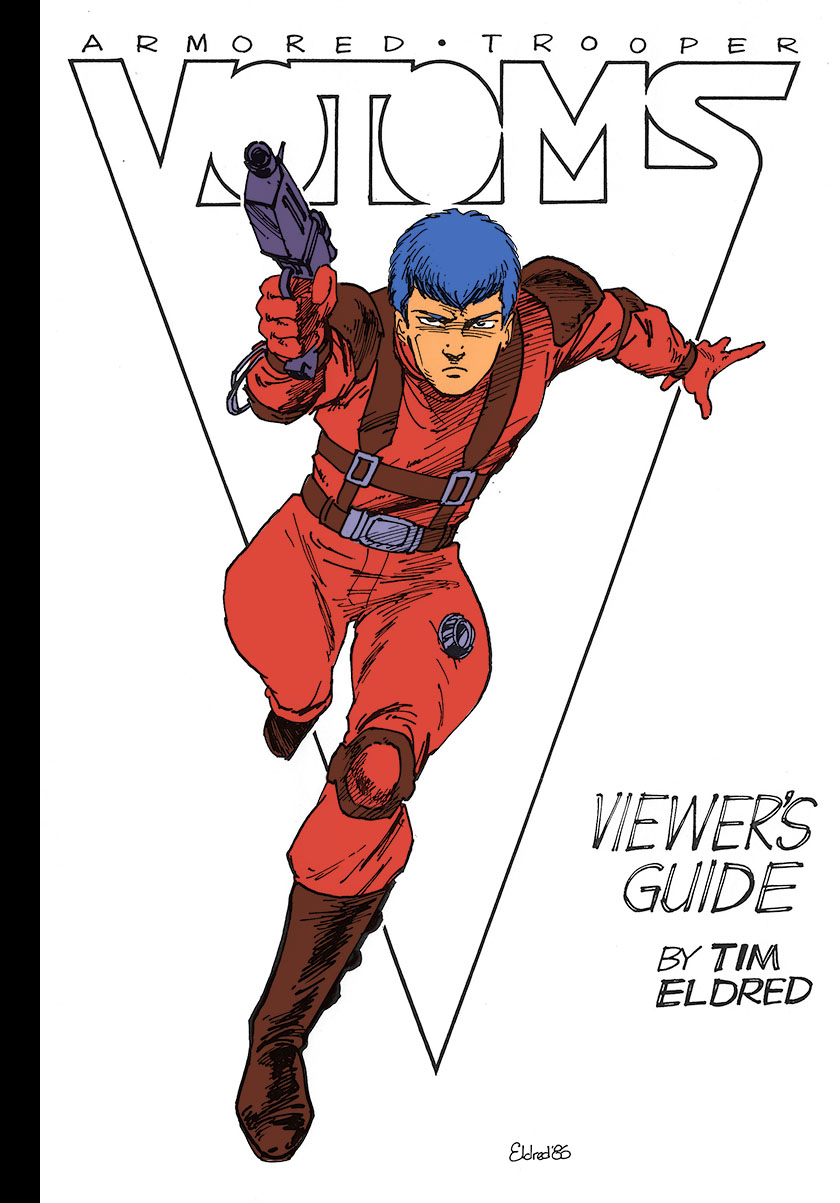
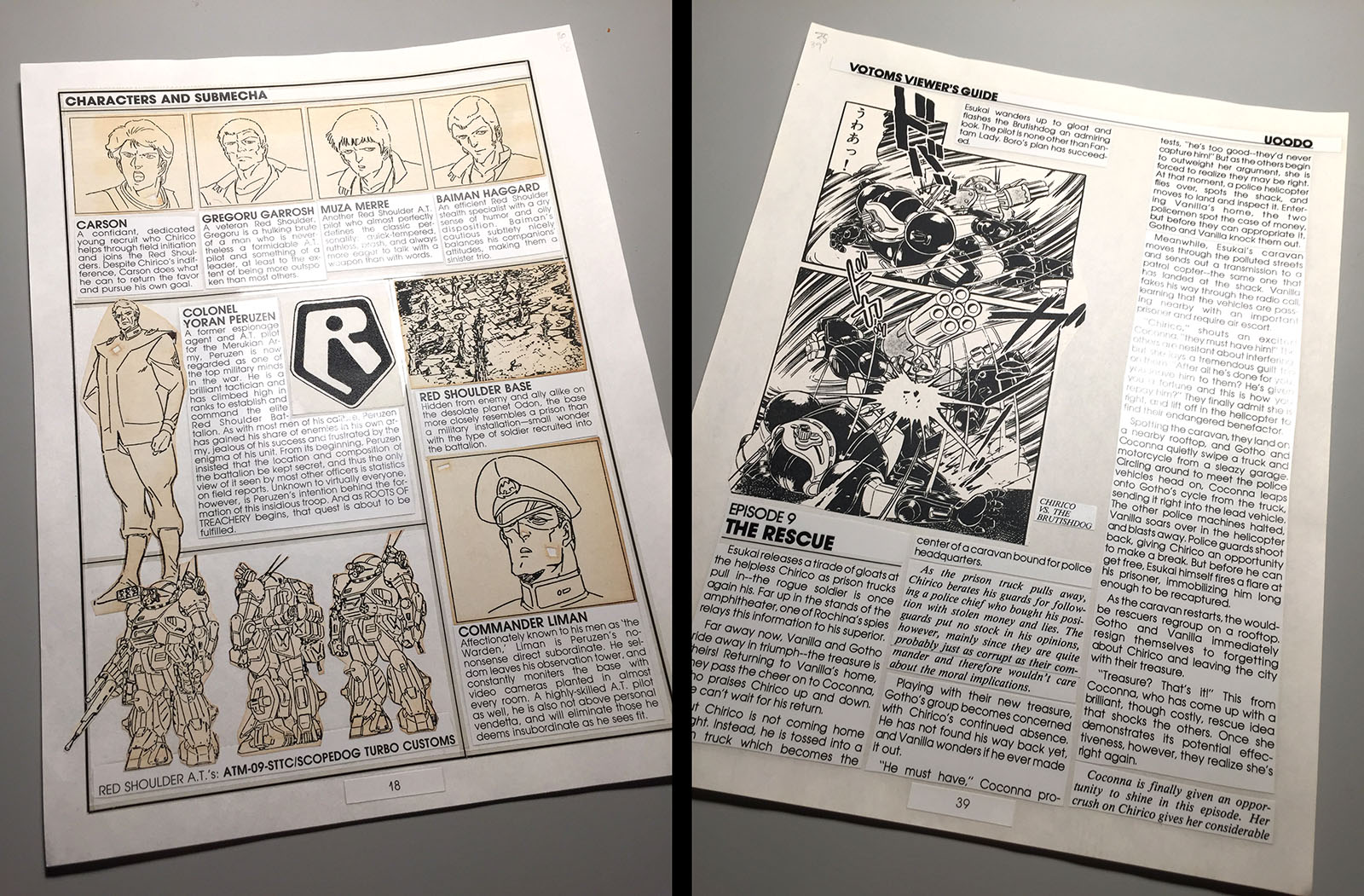
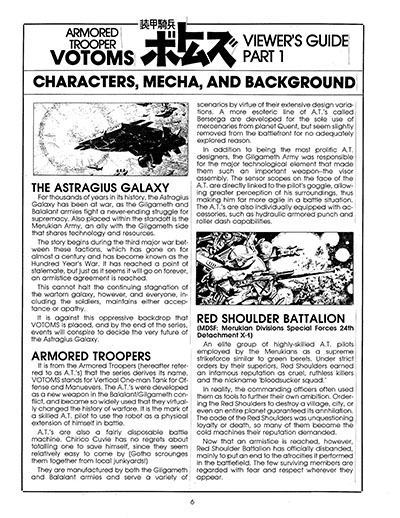
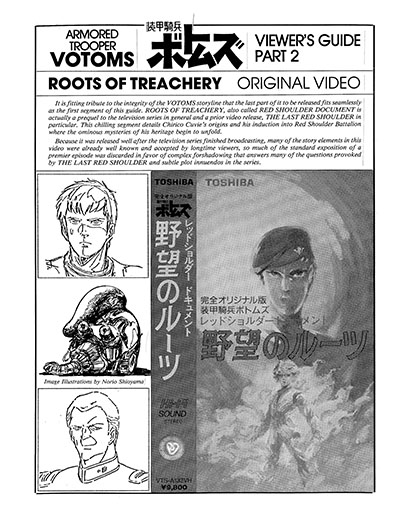
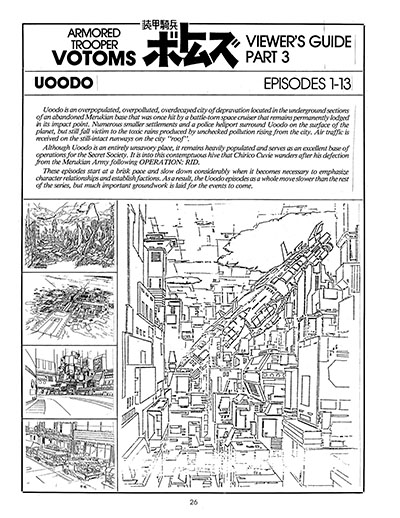
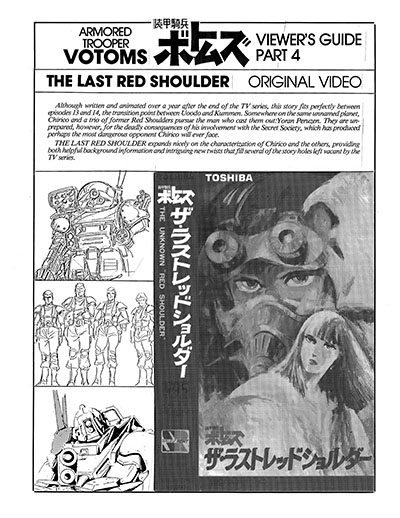
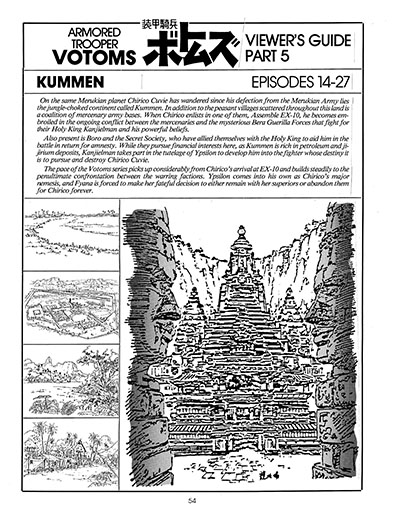
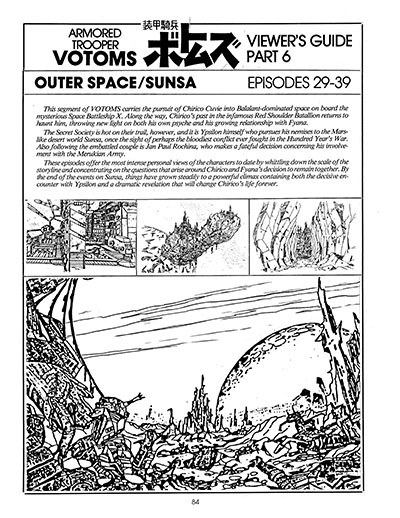
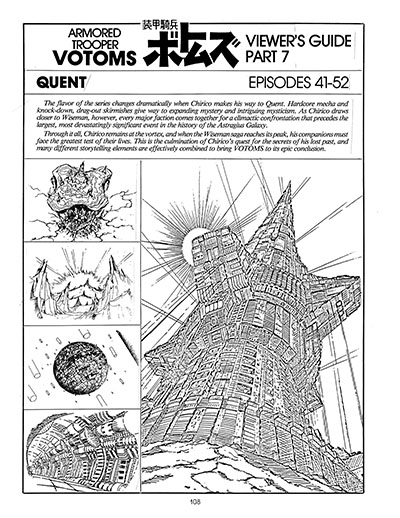
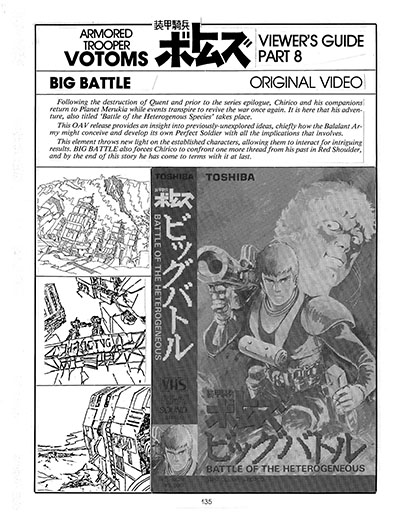
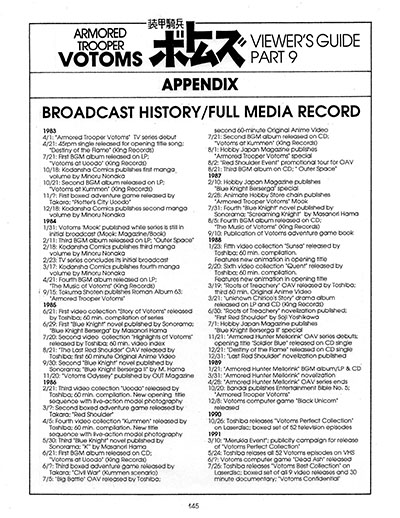
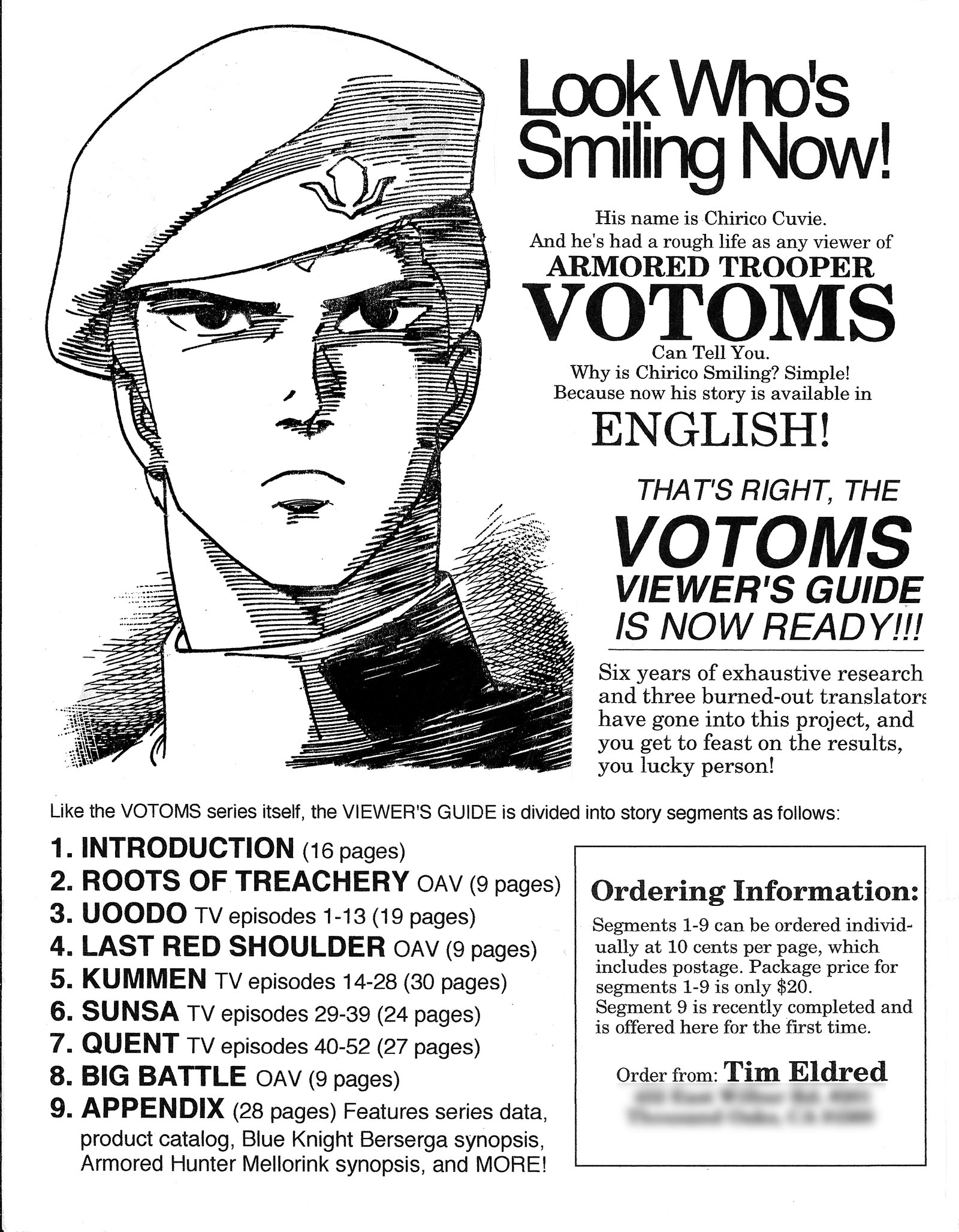
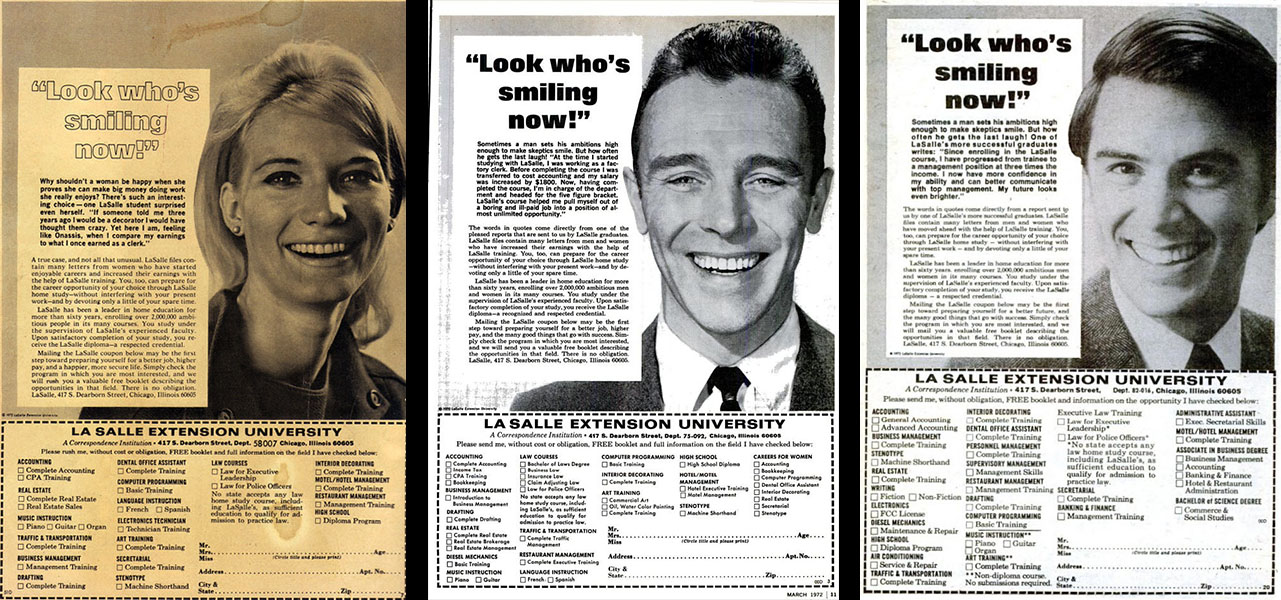
From China,I read it years ago.Had to say what an epic work.